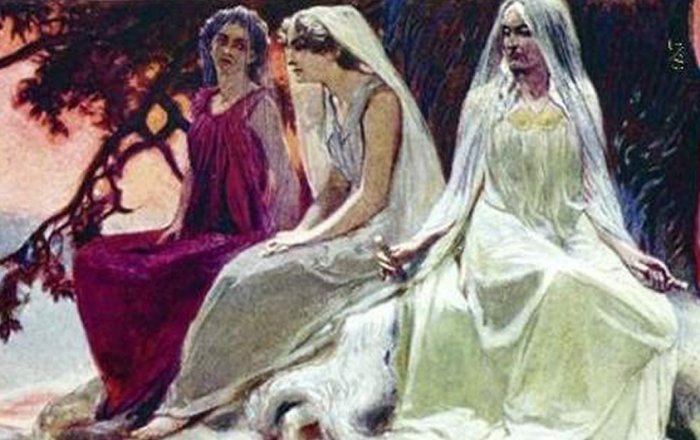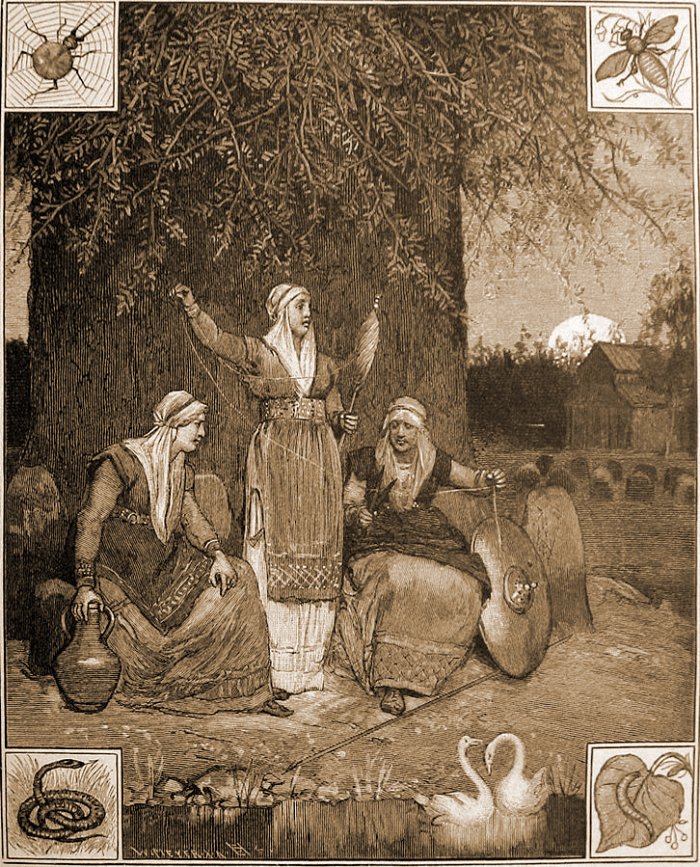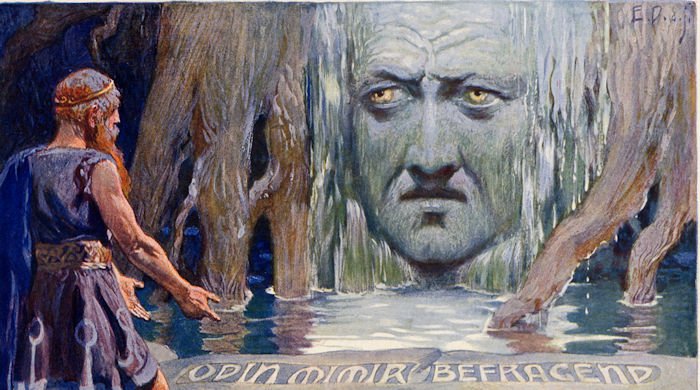Well Of Urd (Urdarbrunn): Abode Of Fate Goddesses And Powerful Symbol In Norse Beliefs
A. Sutherland - AncientPages.com - In Norse mythology, Hvergelmir (located in Niflheim) is a "bubbling boiling spring."
The Norns and the World-Ash. Image credit: Carl Emil Doepler, Jr. (1905) - Public Domain
According to Prose Edda, the spring is one of the three significant springs at the primary roots of the cosmic tree Yggdrasil. Ancient fairy tales in Norse mythology say that this fantastic sacred ash tree had three roots, which sucked water from three different sources.
The other two crucial sources of Yggdrasil's well-being are Mímisbrunnr (Mimir Well) and Urðarbrunnr (Well of Urd, also known as Well of Fate), inhabited by the Norns.
Mímisbrunnr (Mimir Well) keeps wisdom and understanding of the world. The well and Mimir's abode are located beneath the second root of Yggdrasil. Mimir is an enigmatic figure in Norse beliefs, and it is unclear if he is a god or one of the giants. However, he has to guard the well, drink from it daily, and gain wisdom from this source.
The Hvergelmir spring and Mimir Well are sacred, as is the 'Well of Urd' (Urdarbrunnen), a holy place at the base of the sacred ash, Ygdrassil.
The Norns Have Done Both Good And Evil In This World
The three Norns are spinning goddesses and likely live near the sacred 'Well of Urd' in a magnificent hall. They probably originate from a 'dis,' a female ghost or spirit associated with Fate who can be benevolent or hostile.
Norns and Valkyries are sometimes called the so-called 'diser' that have some connection with Fate, and mortals can never avoid it.
The trio of Norns at the well Urðarbrunnr is depicted in Fredrik Sander's 1893 translation of the Poetic Edda. Wood engraving by L. B. Hansen. PublicDomain
The Norns - three Fate goddesses - are Urd ('Fate'), Skuld ('Being, need/ought to be/shall be'), and Verdandi ('Necessity'), but the origin of the name 'norn' remains uncertain. However, it is reasonable to consider these goddesses in some way connected with the past, present, and future.
In Norse beliefs, they were members of the old fertility family, the Vanir. These ladies devoted all their time to spinning the threads of people's lives, and their job was to take care of people's lives. During the birth of heroes, they made gifts for them or cast curses.
The Gylfaginning (Old Norse: 'The Beguiling of Gylfi') is the first part of the 13th-century Prose Edda and deals with the creation and destruction of the world of the Æsir and many other issues of Norse mythology.
In Gylfaginning, an essential mythological source, it is said that besides the three well-known Norns, others also come to each person at birth to determine his destiny. Some of them are of the race of the gods, others of the Elves or the Dwarfs.
Odin Questions Mimir. Image credit: Carl Emil Doepler, Jr. (1905) - Public Domain
When it comes time for someone to die, they cut off the person's life thread. Sometimes, it gets tangled up, and problems begin in that person's life.
It is worth noting that the Norns have striking and standard features with the Greek and Roman goddesses of Destiny -- the Moirai (Moirae) and the Parcae, the female personifications of destiny who governed the lives and deaths of humans and gods.
Urd spun the thread with the spindle, closely associated with several well-known ancient goddesses, including Frigg and Freya, Egyptian Isis, Greek Artemis, and Athena.
Norse Norns worked with yarns that represented people's lives.
As Mimir's duty was to care for Yggdrasil, the three fate goddesses had to do the same. They draw water and mud from the spring of Urd daily and wet the ash tree, keeping its branches from withering. The water in the 'Well of Urd' was sacred, so everything that entered the source was white. Two swans lived in the Urd spring, and according to an ancient legend, the whole breed of birds once originated from it.
Urdarbrunn - A Powerful Symbol In Norse Mythology
Its waters flowed out at the base of one of the three great roots of the World Tree.
The well contained great powers and was named after Urd, the eldest of the Norns. Perfectly aware of the well's supernatural power, the gods rode their horses to this well each day and sat near the well of Urd, discussing judgment over the world.
The Norns - three Fate goddesses - are Urd ('Fate'), Skuld ('Being, need/ought to be/shall be'), and Verdandi ('Necessity'), but the origin of the name 'norn' remains uncertain. However, it is reasonable to consider these goddesses in some way connected with the past, present, and futur
Written by – A. Sutherland - AncientPages.com Senior Staff Writer
Updated on January 21, 2024
Copyright © AncientPages.com All rights reserved. This material may not be published, broadcast, rewritten or redistributed in whole or part without the express written permission of AncientPages.com
Expand for referencesSturluson, Snorri, Gylfaginning
Baeksted A. Nordiska gudar och hjältar
Barry B. Powell - Classical Myth
Leeming, David. The Oxford Companion to World Mythology
Nicos Walsh - Greek Mythology: Greek Gods Of Ancient Greece And Other Greek Myths
Brate E. Eddan, De nordiska guda- och hjältesångerna
More From Ancient Pages
-
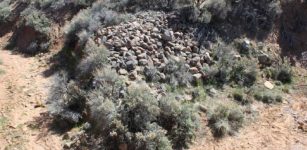 Mountain Meadows Massacre: Real Burial Sites Are Far From The LDS Monument’s Location
News | Sep 21, 2015
Mountain Meadows Massacre: Real Burial Sites Are Far From The LDS Monument’s Location
News | Sep 21, 2015 -
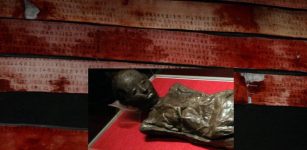 ‘Liber Linteus’ – Unique History Of Ancient ‘Linen Book’ Written In Etruscan That Still Remains Poorly Understood
Artifacts | Oct 21, 2019
‘Liber Linteus’ – Unique History Of Ancient ‘Linen Book’ Written In Etruscan That Still Remains Poorly Understood
Artifacts | Oct 21, 2019 -
 Caligula’s Stunning 2,000-Year-Old Sapphire Ring Tells Of A Dramatic Love Story
Artifacts | Jul 10, 2020
Caligula’s Stunning 2,000-Year-Old Sapphire Ring Tells Of A Dramatic Love Story
Artifacts | Jul 10, 2020 -
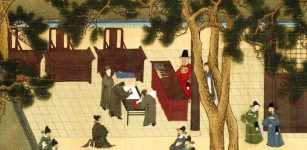 History Shows: Taxes And Bureaucracy Are Cornerstones Of Democracy
Archaeology | Feb 18, 2021
History Shows: Taxes And Bureaucracy Are Cornerstones Of Democracy
Archaeology | Feb 18, 2021 -
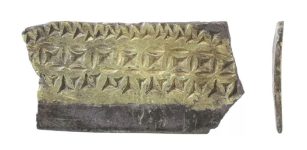 What Is The Roman Silver Fragment Found In Norfolk? Experts Are Baffled
Archaeology | Mar 27, 2023
What Is The Roman Silver Fragment Found In Norfolk? Experts Are Baffled
Archaeology | Mar 27, 2023 -
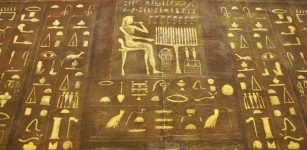 Decipher Hieroglyphs And Ancient Egyptian Images With Google’s AI Fabricius
Linguistic Discoveries | Jul 22, 2020
Decipher Hieroglyphs And Ancient Egyptian Images With Google’s AI Fabricius
Linguistic Discoveries | Jul 22, 2020 -
 Garamantes: 3,000-Year-Old Sophisticated North African Society Built 3,000-Mile Network Of Underground Irrigation Canals
Featured Stories | Jan 29, 2022
Garamantes: 3,000-Year-Old Sophisticated North African Society Built 3,000-Mile Network Of Underground Irrigation Canals
Featured Stories | Jan 29, 2022 -
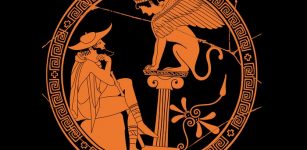 Oedipus – Tragic Prophecy About A Man Who Couldn’t Escape Fate
Featured Stories | Jan 10, 2019
Oedipus – Tragic Prophecy About A Man Who Couldn’t Escape Fate
Featured Stories | Jan 10, 2019 -
 Ji Gong: Legendary Ancient Monk Who Defended People Against Injustice
Chinese Mythology | Jan 31, 2016
Ji Gong: Legendary Ancient Monk Who Defended People Against Injustice
Chinese Mythology | Jan 31, 2016 -
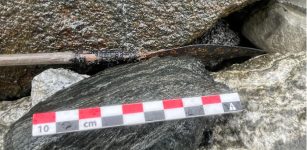 Arrow Pre-Dating The Vikings Discovered After Being Lost In The Ice For 1,500 Years
Archaeology | Aug 25, 2022
Arrow Pre-Dating The Vikings Discovered After Being Lost In The Ice For 1,500 Years
Archaeology | Aug 25, 2022 -
 5 Traces Of Ancient Ancestors That Still Exist In All Human Bodies Today
Featured Stories | Jan 23, 2023
5 Traces Of Ancient Ancestors That Still Exist In All Human Bodies Today
Featured Stories | Jan 23, 2023 -
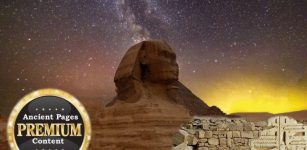 Secrets Of The Lost Tomb X – Mysterious Manuscripts And Strange Engravings – Part 1
Featured Stories | Apr 9, 2019
Secrets Of The Lost Tomb X – Mysterious Manuscripts And Strange Engravings – Part 1
Featured Stories | Apr 9, 2019 -
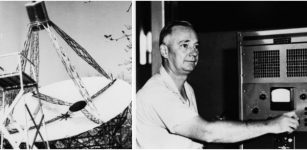 On This Day In History: Grote Reber, Great Amateur Astronomer And Ham Radio Operator Born – On Dec 22, 1911
News | Dec 22, 2016
On This Day In History: Grote Reber, Great Amateur Astronomer And Ham Radio Operator Born – On Dec 22, 1911
News | Dec 22, 2016 -
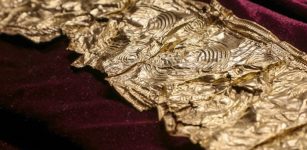 Unique Ornamented Golden Bronze Age Belt Discovered Near Opava, Czech Republic
Artifacts | Oct 28, 2022
Unique Ornamented Golden Bronze Age Belt Discovered Near Opava, Czech Republic
Artifacts | Oct 28, 2022 -
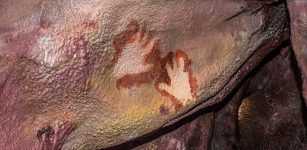 Neanderthals: The Oldest Art In The World Wasn’t Made By Humans
Featured Stories | Jan 17, 2023
Neanderthals: The Oldest Art In The World Wasn’t Made By Humans
Featured Stories | Jan 17, 2023 -
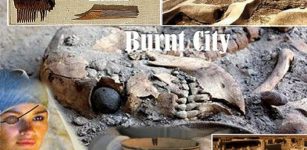 Prehistoric Legacy Of The Mysterious Burnt City
Civilizations | Jan 22, 2021
Prehistoric Legacy Of The Mysterious Burnt City
Civilizations | Jan 22, 2021 -
 Maat – Ancient Egypt’s Most Important Religious Concept
Egyptian Mythology | Apr 4, 2018
Maat – Ancient Egypt’s Most Important Religious Concept
Egyptian Mythology | Apr 4, 2018 -
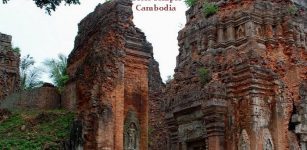 Ancient Wall Of Lolei Temple Built In 893 BC Unearthed In Siem Reap, Cambodia
Archaeology | Apr 20, 2020
Ancient Wall Of Lolei Temple Built In 893 BC Unearthed In Siem Reap, Cambodia
Archaeology | Apr 20, 2020 -
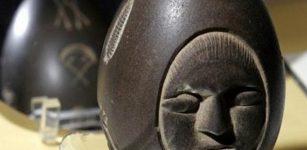 America’s Ancient “Mystery Stone” Remains An Unexplained Puzzle
Artifacts | Apr 17, 2014
America’s Ancient “Mystery Stone” Remains An Unexplained Puzzle
Artifacts | Apr 17, 2014 -
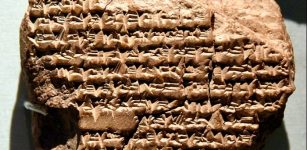 On This Day In History: Battle Of Gaugamela – Alexander The Great Defeats Darius III Of Persia – On Oct 1, 331 BC
News | Oct 1, 2016
On This Day In History: Battle Of Gaugamela – Alexander The Great Defeats Darius III Of Persia – On Oct 1, 331 BC
News | Oct 1, 2016

